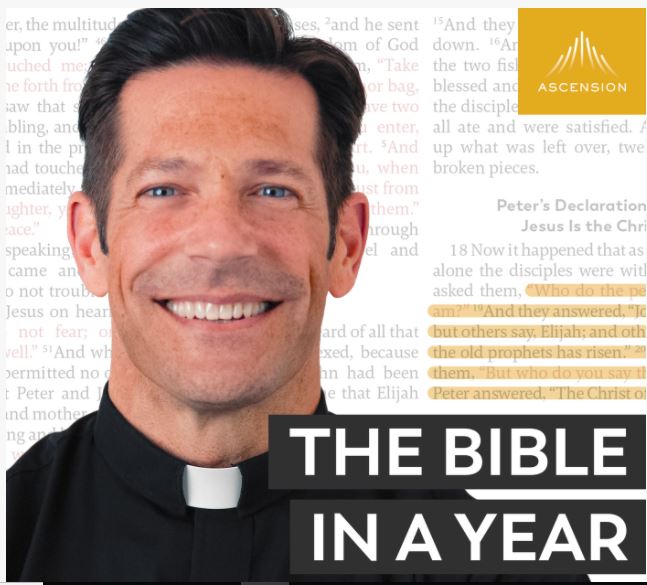
Jesus was free because he was rooted in the love of God and, therefore, humble. Ultimately, Jesus was free enough to offer his life as a sacrifice for the sake of God’s truth. Humbly rooted in love, Jesus was free to die on a cross. And in that freedom, God’s freedom of love was revealed, the love that brings about a new future. The cross signifies to us that if we are free enough to love then we are free enough to die, and if we are free to die then we are free to live. As long as we are in relation to a God who is freedom-in-love, then death will be part of our journey. For every distance of separation from God must be overcome by death, by giving up isolated existence for a greater union. Finite human life longs for fulfillment of relationship, for union, and only death can remove the veil that separates us from the infinite love of God. Yes, freedom is the gift of love but love prevails in freedom. Violence, suffering and death do not have the last word in God. The last word is love.
— from the book The Humility of God: A Franciscan Perspective by Ilia Delio, OSF
//Franciscan Media//

